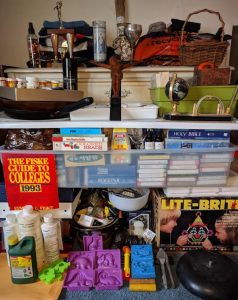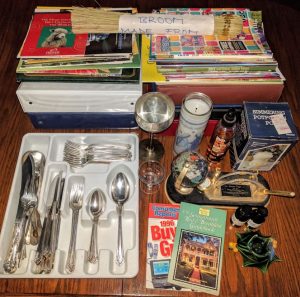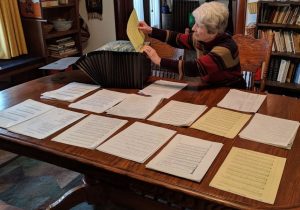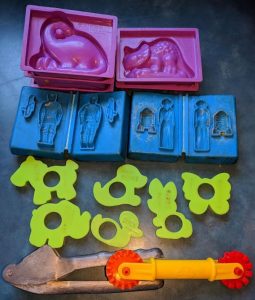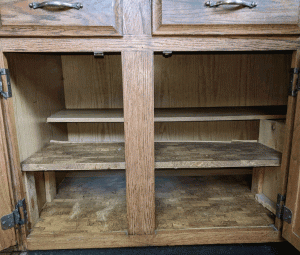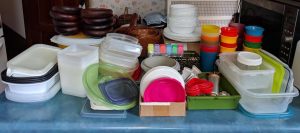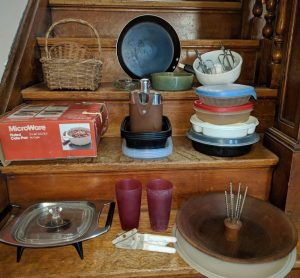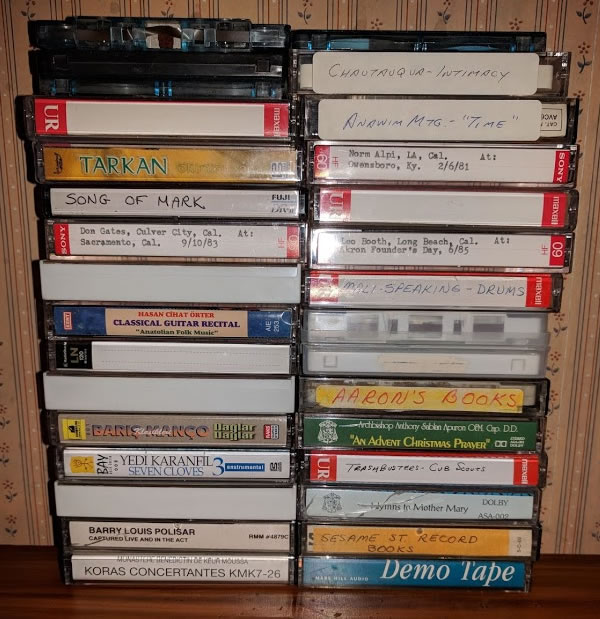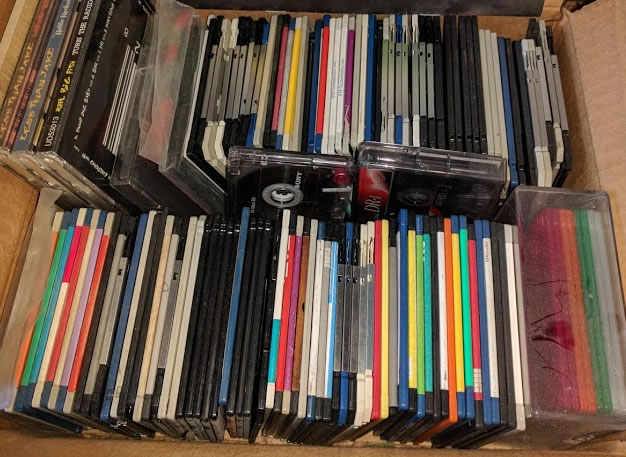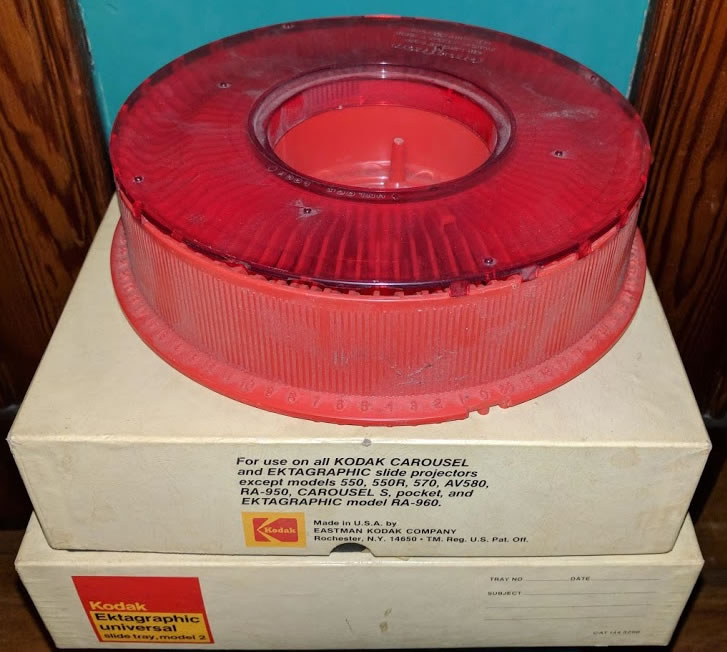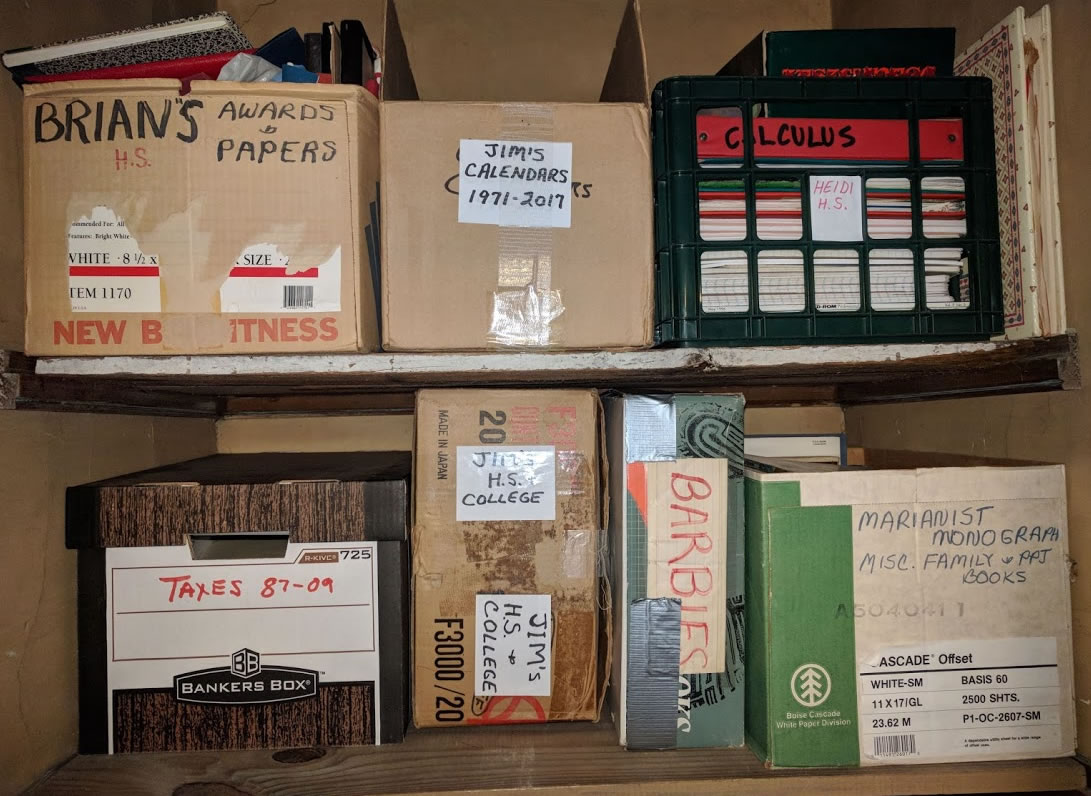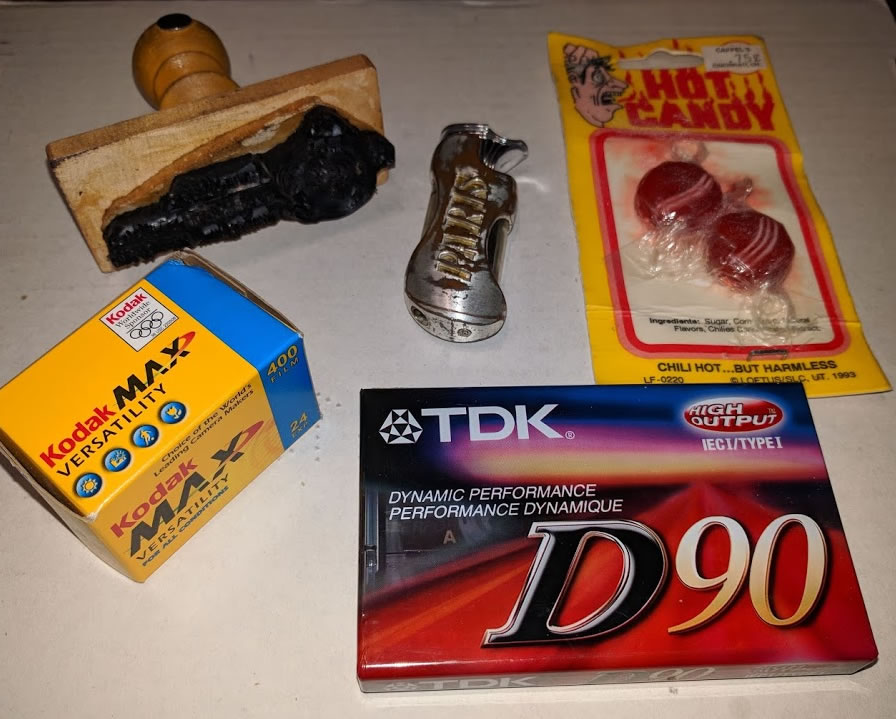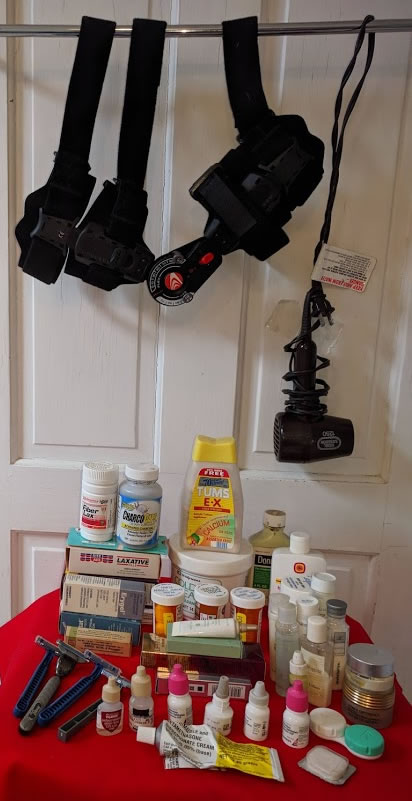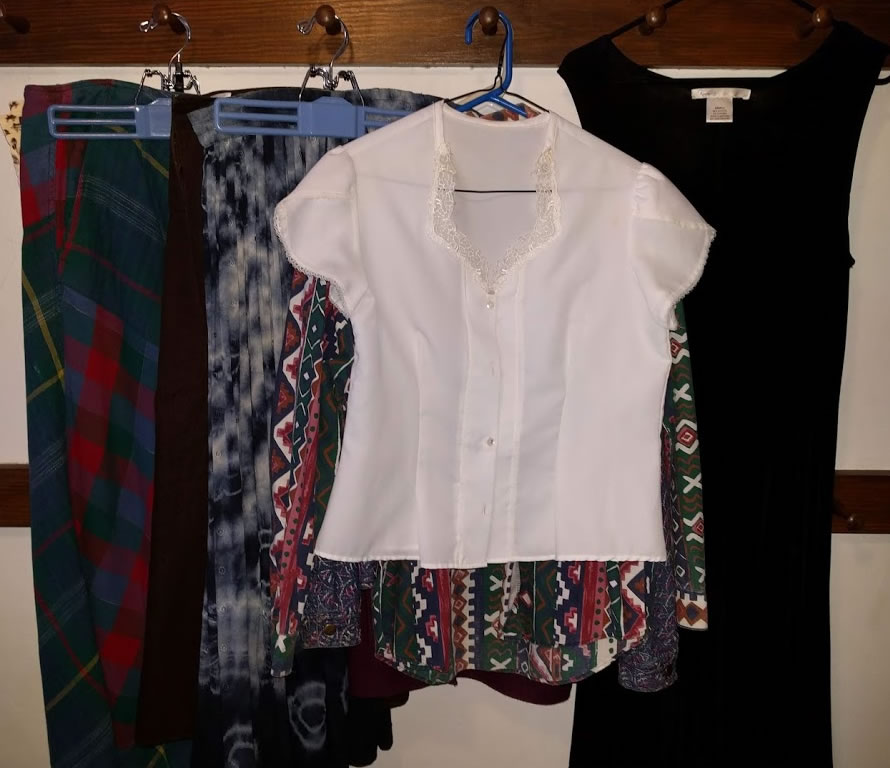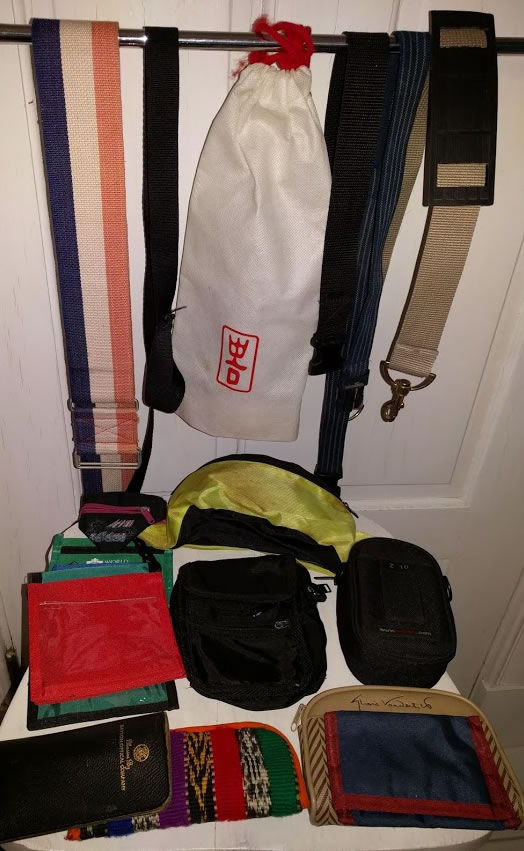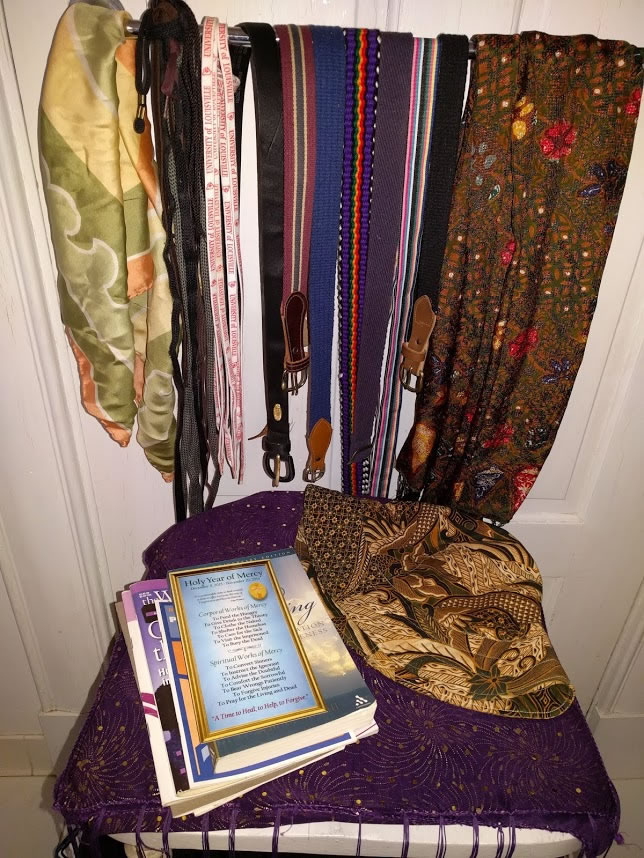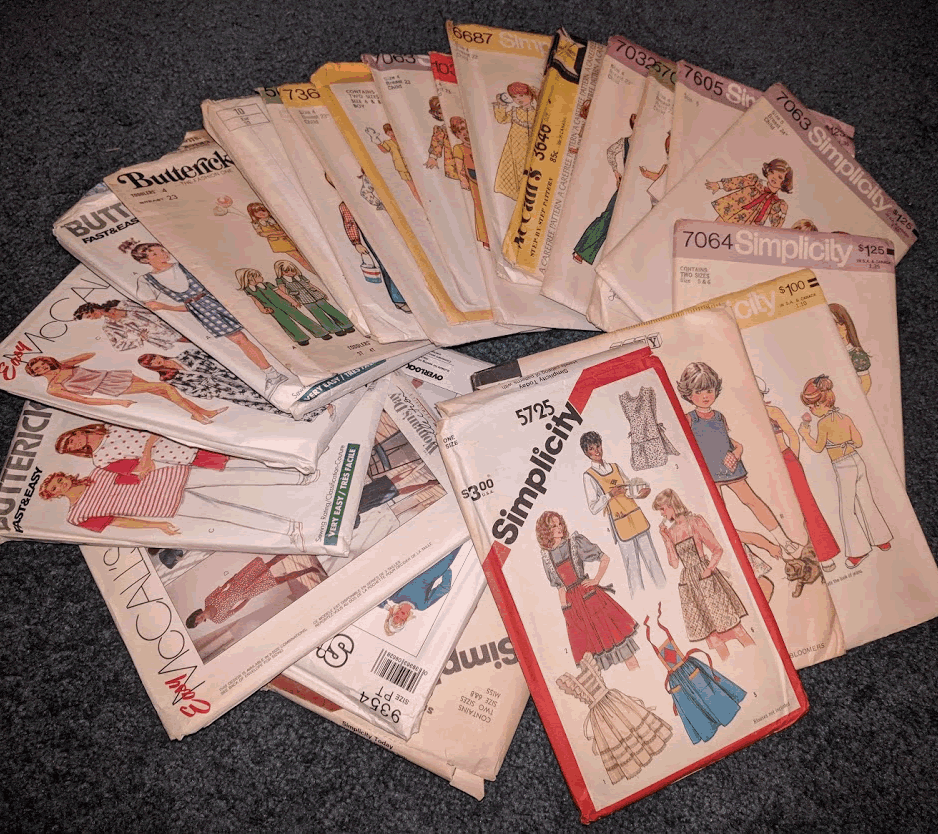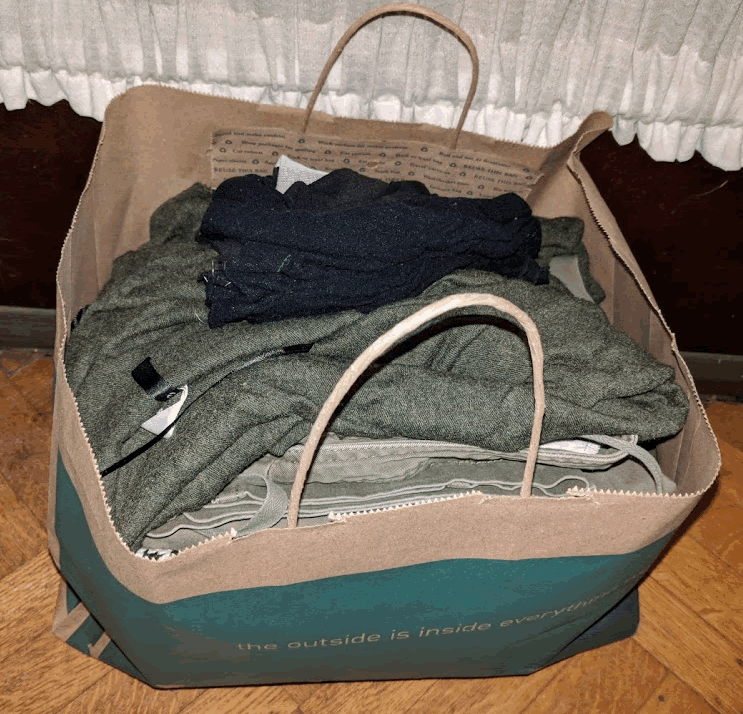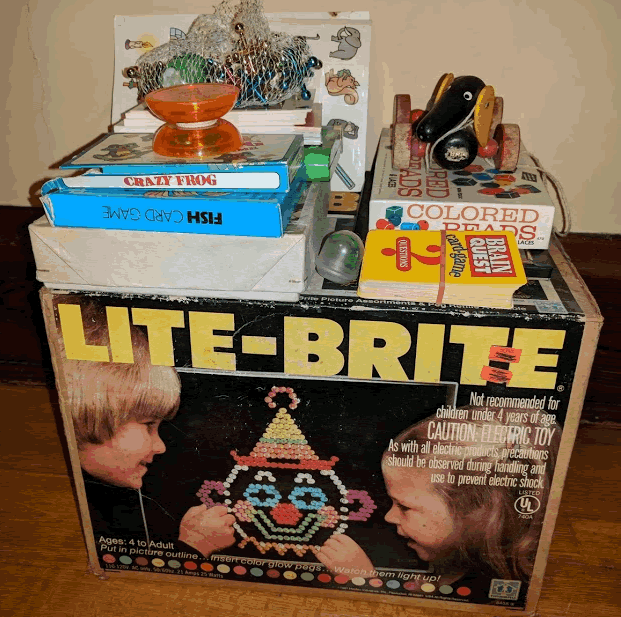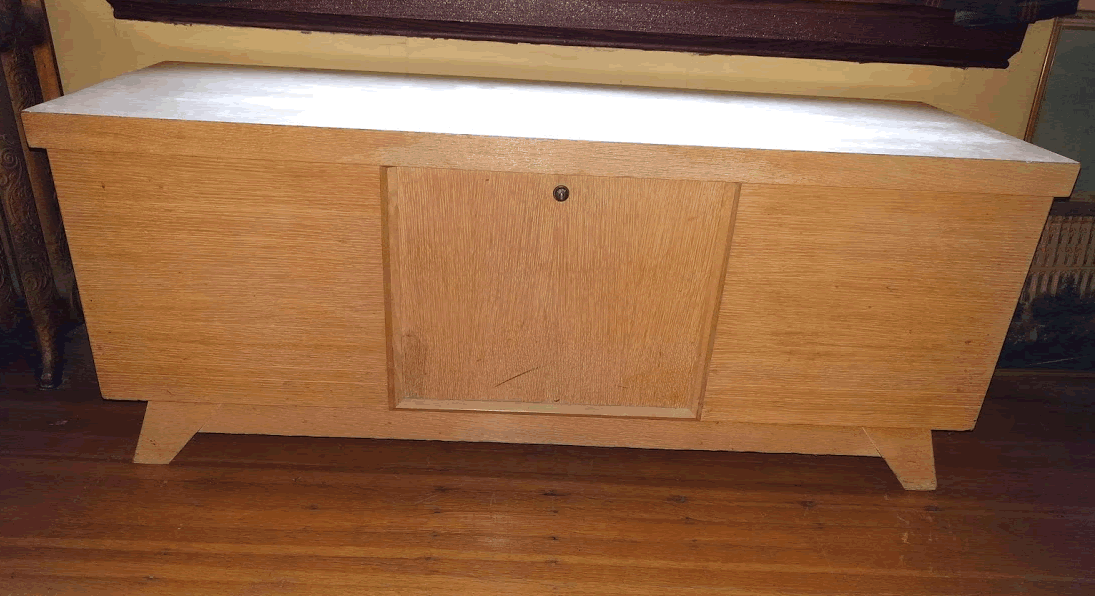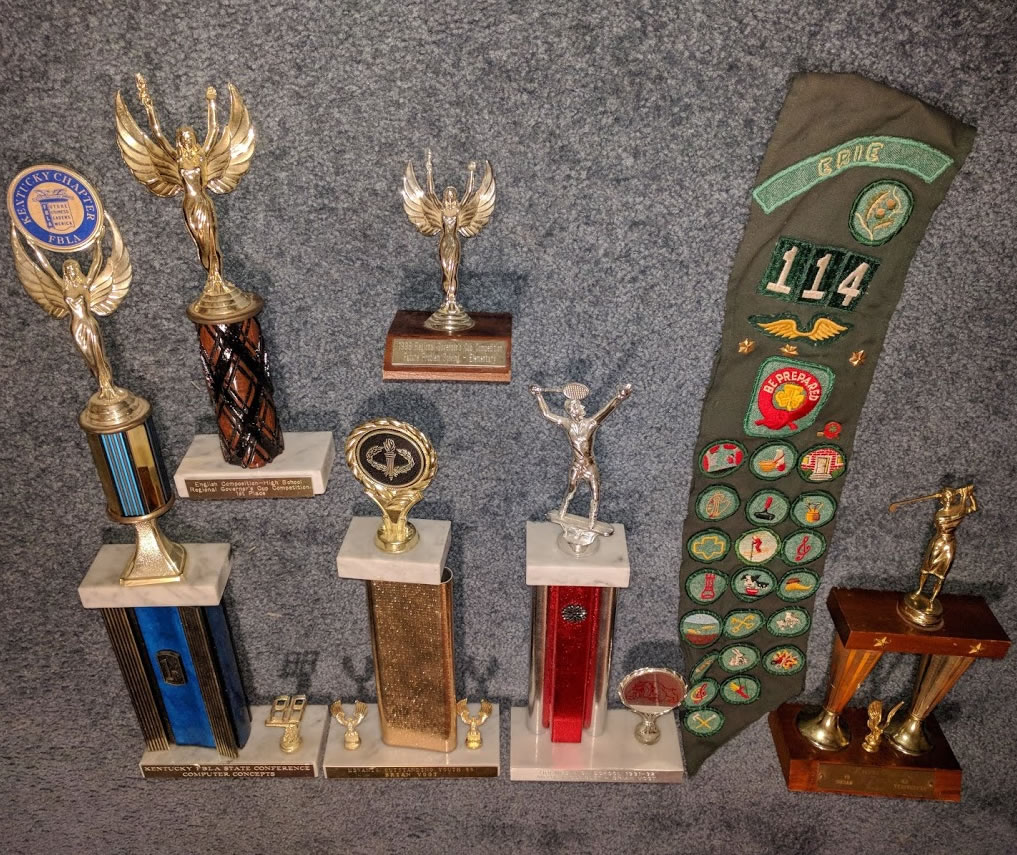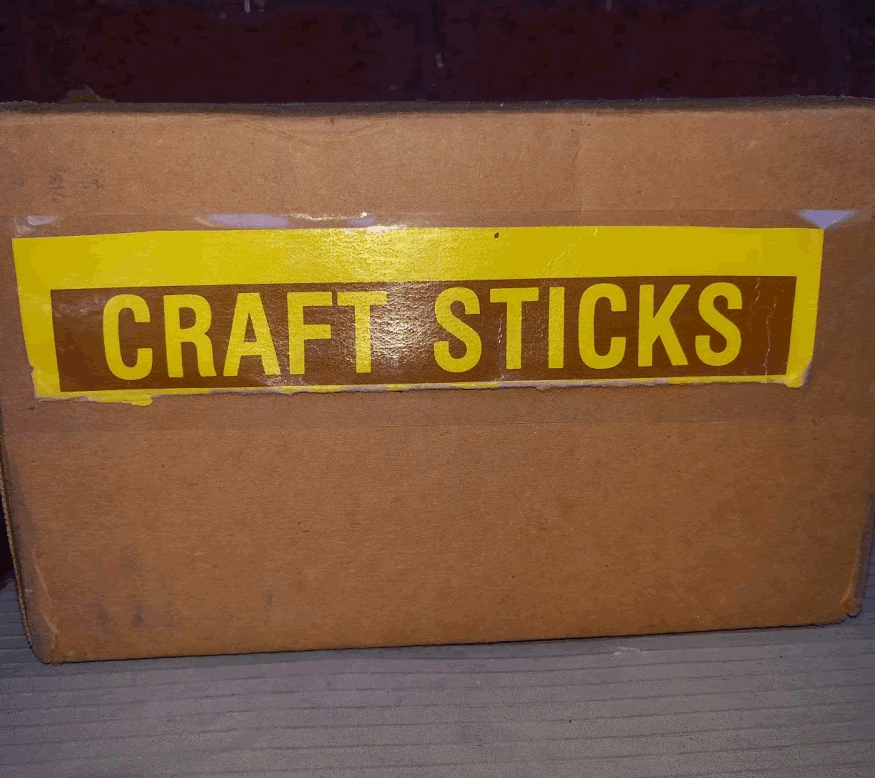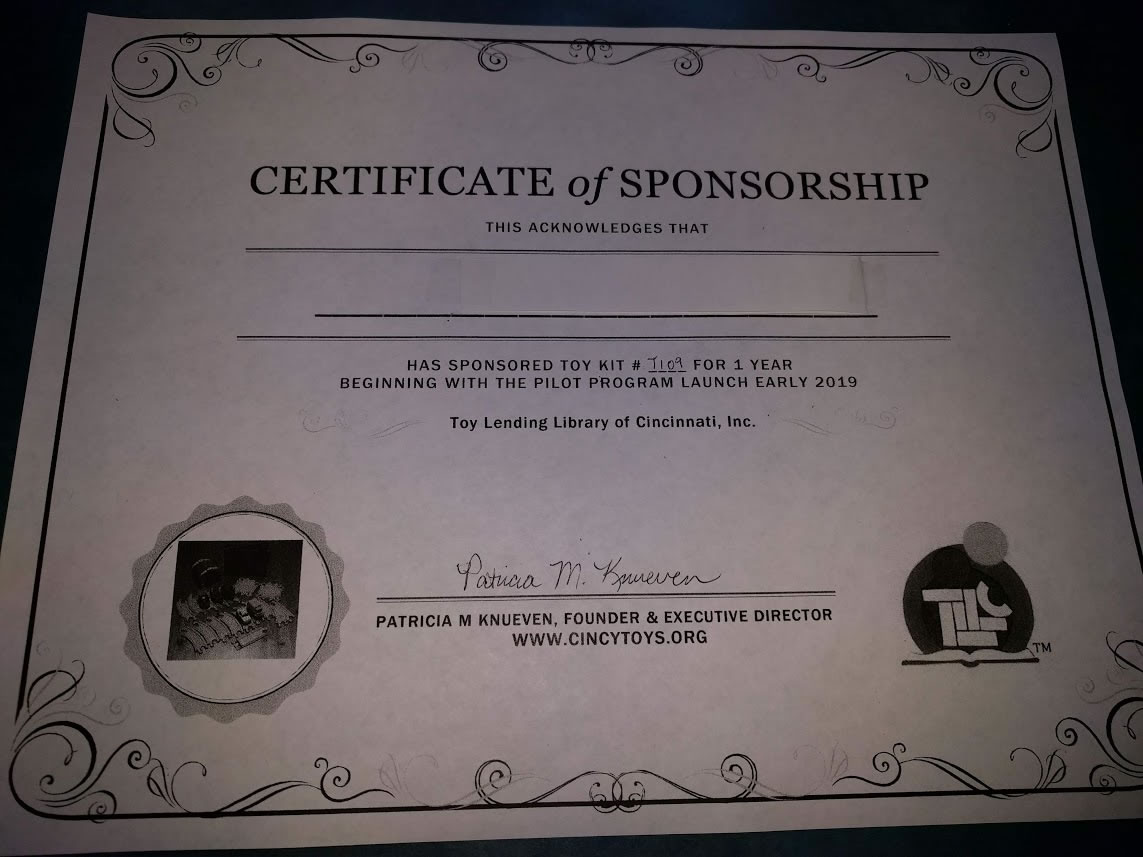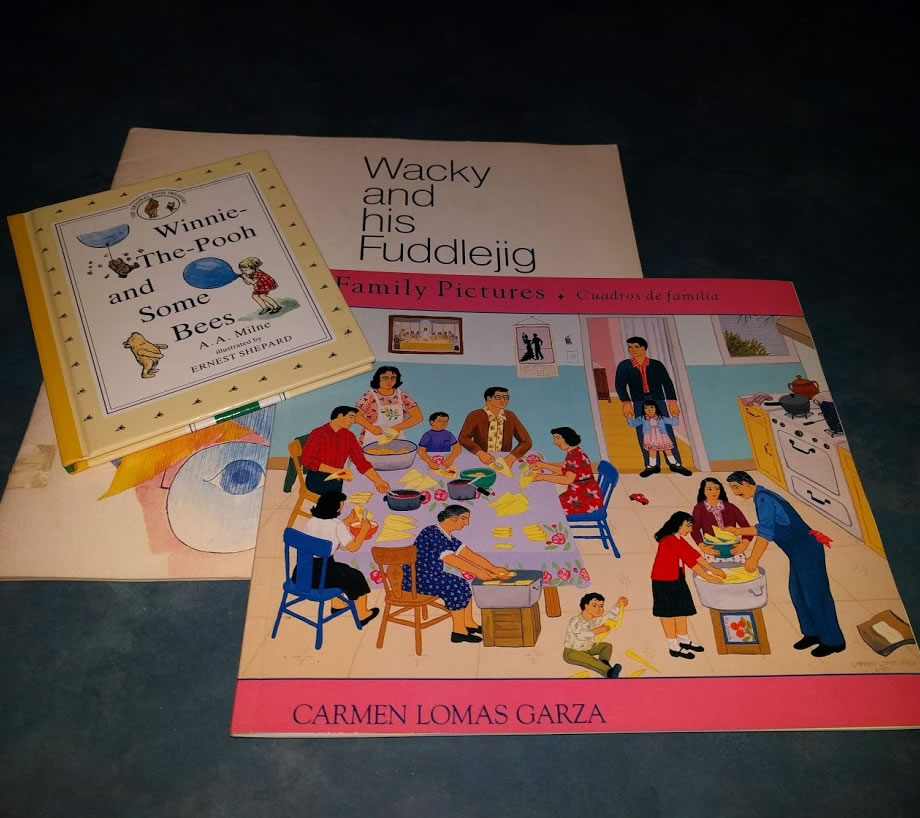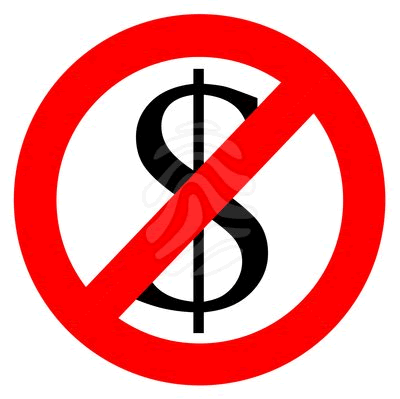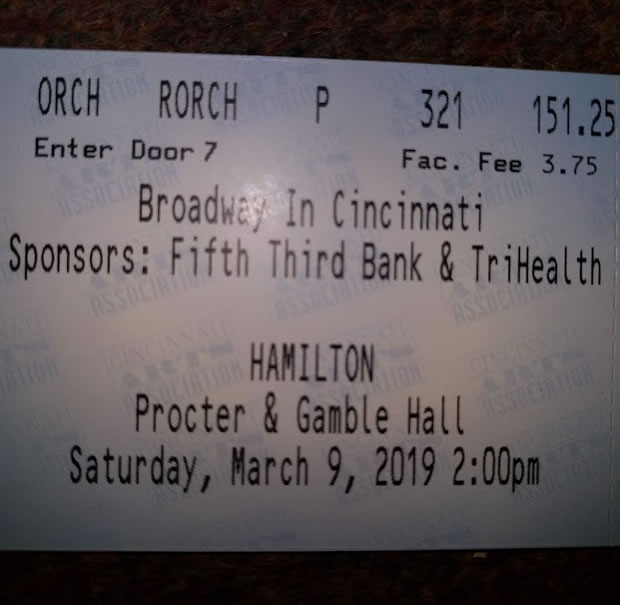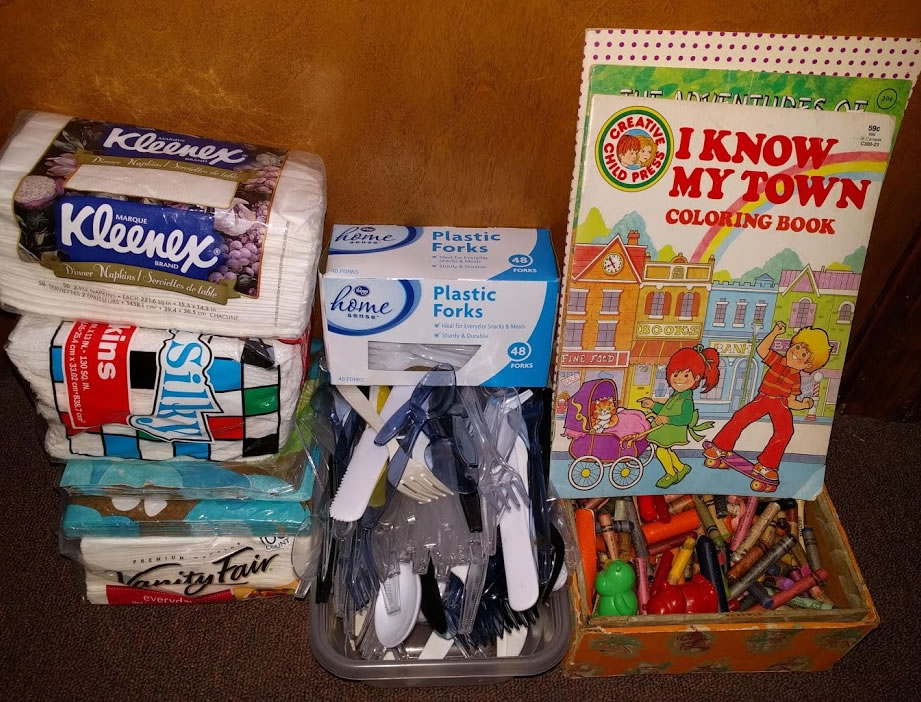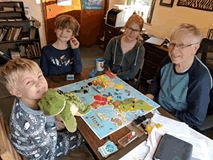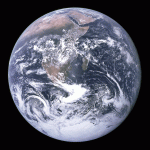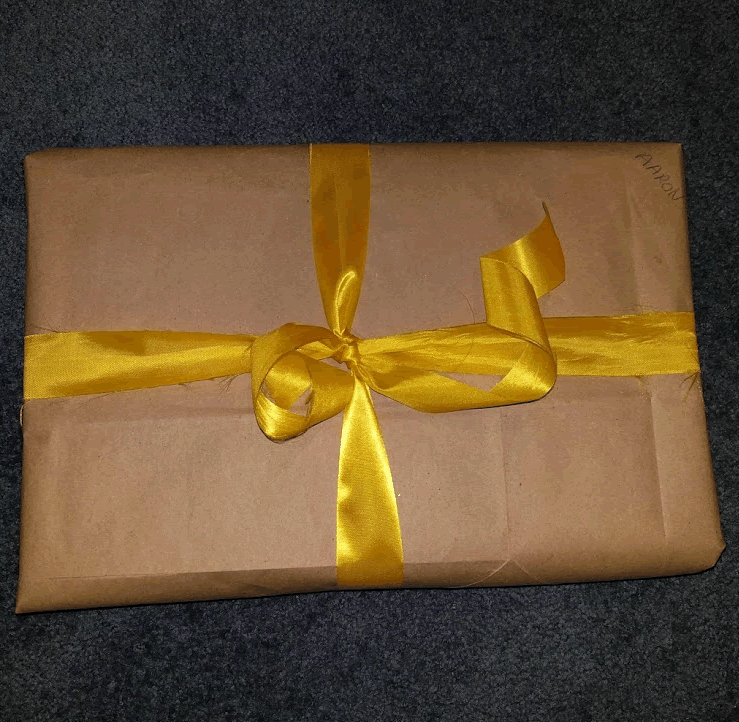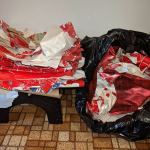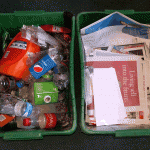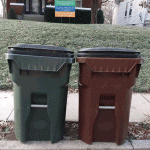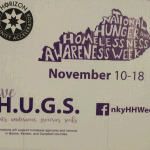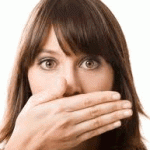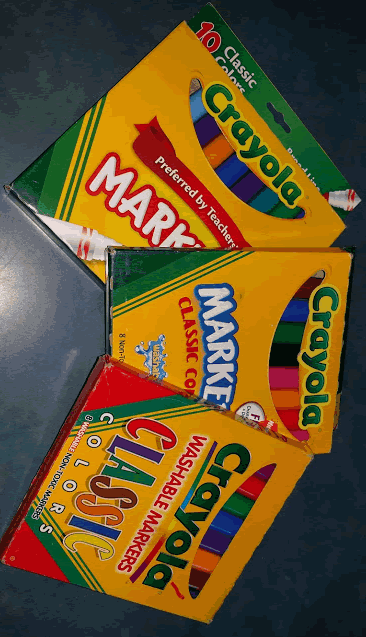Basements and Garages are natural storage places so this is the likely place to find a lot of things to give away. It’s also likely to take a lot of time to sort through stuff accumulated – possibly over decades if you haven’t moved recently.
There are 3 basic kinds of storage items:
1. Seasonal and Occasional: These are things that will be used in the near future: (supplies for household repair, laundry, pantry non-perishables, camping, gardening, visiting grandchildren, and sports equipment.
2. Obsolete, Unnecessary, or Duplicates (See the duplicate photos in the plastic bag.)
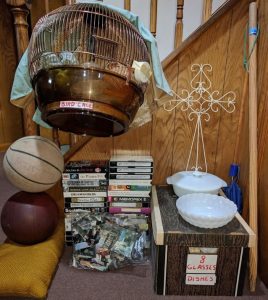 3. Memorabilia and Maybe?: These are items that have happy memories attached to them. Click to enlarge photo.
3. Memorabilia and Maybe?: These are items that have happy memories attached to them. Click to enlarge photo.
#1 was easy – Keep them.
#2 was easy – Give them away, recycle, or discard.
But, #3 took time because of the tapes and records.
VHS tapes: One might say that VHS tapes are obsolete, BUT, we still have a VHS player connected to our TV. After reviewing the titles of 90 tapes, I decided to keep 60 – many were home movies. Anyone know what to do with 29 semi-interesting tapes?
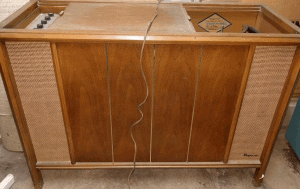 Vinyl Records: Vinyl records are also obsolete so I readily donated a hand-me down record console to a nearby used media store. This left me with a small phonograph which I thought worked but didn’t. The problem was that my deceased mother was a singer and had made a record. I wanted to save that priceless piece of history. I also had 33 long playing 33 1/3 albums from the 1960’s, 70’s, and 80’s. How many Simon & Garfunkel or Peter, Paul, and Mary records does one really need to keep? I decided to trade about half of them to the media store in exchange for fixing my broken phonograph.
Vinyl Records: Vinyl records are also obsolete so I readily donated a hand-me down record console to a nearby used media store. This left me with a small phonograph which I thought worked but didn’t. The problem was that my deceased mother was a singer and had made a record. I wanted to save that priceless piece of history. I also had 33 long playing 33 1/3 albums from the 1960’s, 70’s, and 80’s. How many Simon & Garfunkel or Peter, Paul, and Mary records does one really need to keep? I decided to trade about half of them to the media store in exchange for fixing my broken phonograph.
Extra dishes: We were saving dishes from deceased parents because a few of them were heirloom china and others we hoped would help our children set up their own homes. I’m giving away a box of the ordinary glasses and bowls. (Our kids live far away or already have kitchen supplies.
Basketballs: Our kids played a lot of basketball in our driveway, but they no longer live here. I found 3 balls in the basement. One went to a teen who was helping us with yard work. I’ll save one.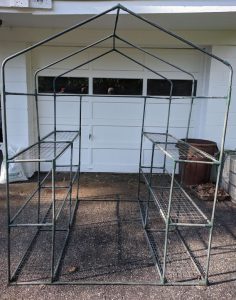
Birdcage: We once had birds but that was decades ago. The bird cage goes.
Ice-cream maker: The ice-cream maker that someone gave us sounded like a nice family activity but we never got around to it. Maybe someone else will.
Greenhouse frame: I had dreams of getting a head start on my garden by planting seedlings out doors in this small greenhouse, but my vision was bigger than my time. I just passed on the frame to a neighbor through Next Door this morning. It freed up a lot of space in our garage.
There is plenty more in the basement to prune. It doesn’t all have to be done this round. What’s lingering, unused in your home?
